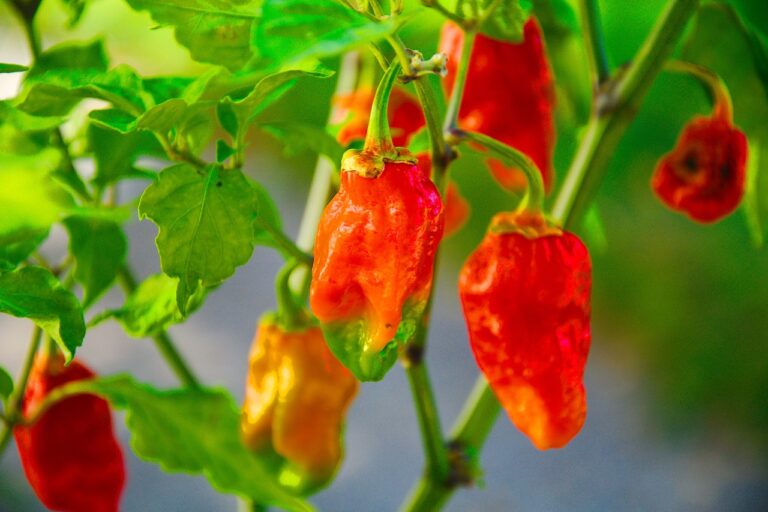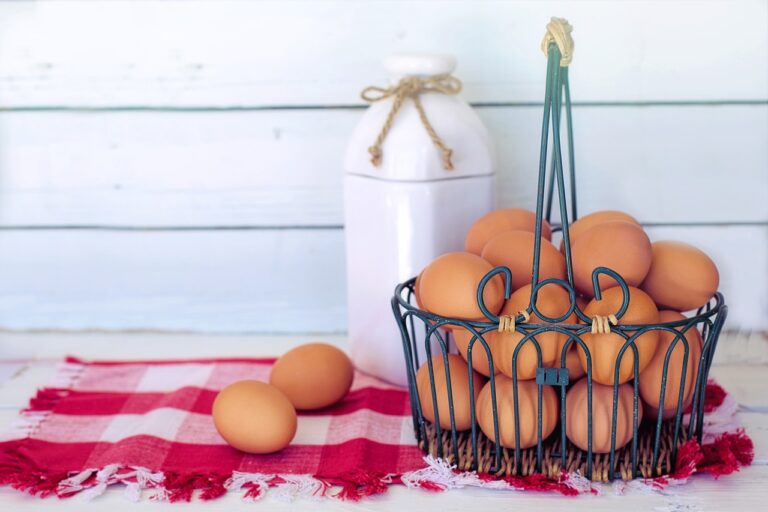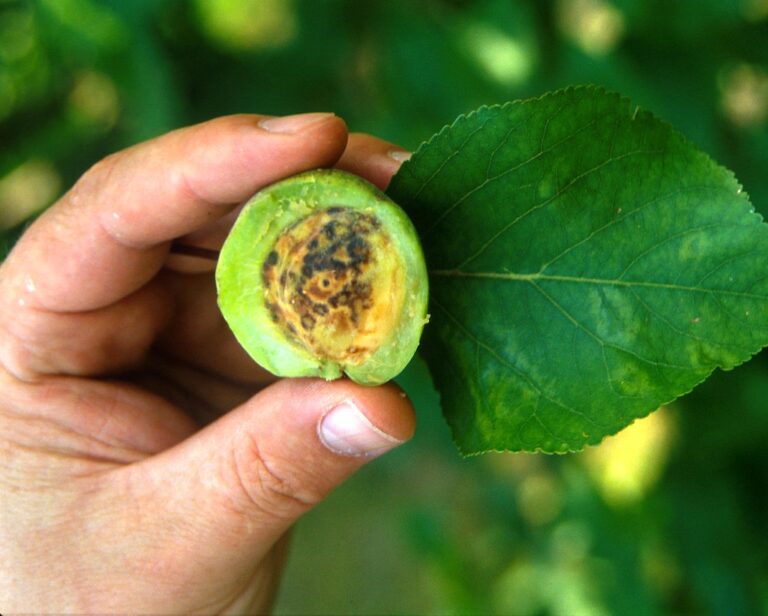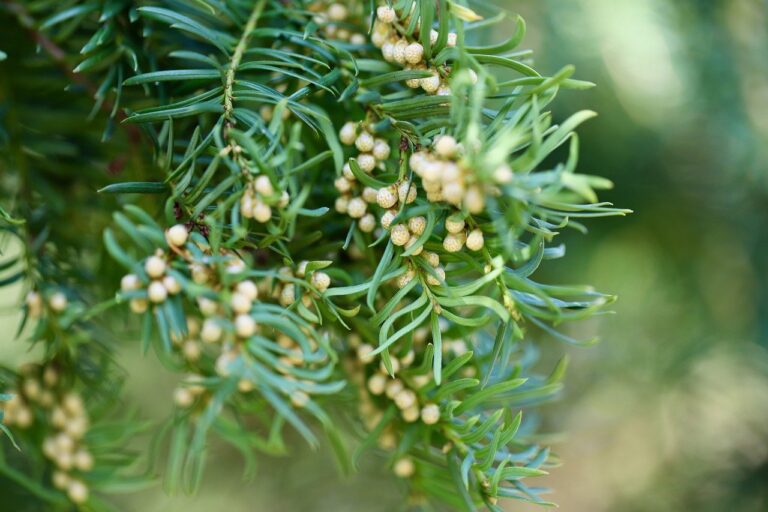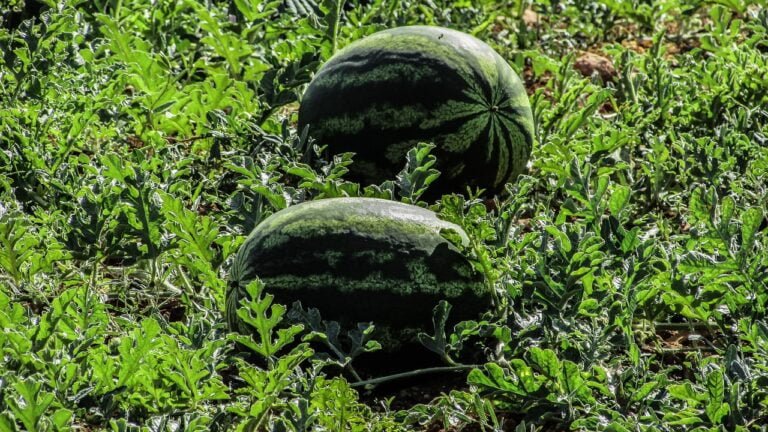Growing Tomato Plants Indoors: A Comprehensive Guide
Growing lettuce in containers? Let me guide you. Choose heat-resistant types like Buttercrunch. Go for wide, shallow pots. Use nitrogen-rich, well-draining soil. Watch the temperature-45°F to 80°F is perfect. Water shallow-rooted lettuce often. Fertilize regularly with nitrogen-rich options. Keep pests at bay with coffee grounds, and inspect for damage often. Harvest regularly for a fresh supply. Keen to know more tips for thriving container lettuce?
Selecting Optimal Lettuce Varieties
When selecting top lettuce varieties for container gardening, consider choosing heat-resistant options like Buttercrunch lettuce to ensure successful growth in limited space. Buttercrunch lettuce thrives in containers, provided the container has sufficient drainage to prevent waterlogging, which can lead to root rot. This variety is known for its crunchy texture and sweet flavor, making it a favorite for salads.
In addition to Buttercrunch lettuce, incorporating visually appealing varieties like Forellenschluss lettuce can add a burst of color to your container garden. The speckled leaves of Forellenschluss lettuce create a beautiful contrast, enhancing the aesthetic appeal of your greens. For continuous harvesting, Loose-leaf lettuces such as oak leaf are excellent choices for container cultivation. Their loose, open heads allow for easy picking of individual leaves, ensuring a fresh supply for your salads without uprooting the entire plant.
To create a diverse and flavorful salad mix, consider combining different lettuce varieties in your containers. Mixing textures, colors, and flavors can enhance your culinary experience and provide a variety of nutrients. Experimenting with various combinations of Leaf lettuces, Loose-leaf lettuces, and other types can result in unique and delicious salads right from your container garden.
Container and Soil Preparation
To set the stage for successful lettuce cultivation in containers, the selection of the container and soil preparation are fundamental aspects to take into account. When growing iceberg lettuce in containers, it is advisable to choose wide and shallow containers to accommodate the plant’s root system adequately. For best growth, it is essential to use nitrogen-rich soil that offers good drainage properties. Incorporating organic matter such as compost into the soil is vital as it provides important nutrients for the lettuce plants. Mixing compost into the soil not only enriches it but also reduces the need for additional fertilizers, promoting a more sustainable growing environment.
Proper preparation of the container is equally vital. Make sure that the container has drainage holes at the bottom to prevent waterlogging, which can lead to root rot. Before planting, fill the container with the nitrogen-rich soil mixture, leaving enough space for the lettuce plants to grow comfortably. Gently pat down the soil to remove any air pockets that could hinder root development.
Light and Temperature Management
Light and temperature management play a significant role in the successful cultivation of lettuce in containers. When engaging in lettuce container gardening, it is important to provide the ideal temperature range for lettuce growth, which typically falls between 45°F and 80°F. This temperature range not only promotes faster germination but also contributes to overall plant health. To achieve successful growth, it is essential to place your lettuce containers in areas that receive morning sun and light afternoon shade. These light conditions mimic the plant’s natural habitat and encourage healthy lettuce growth.
Proper temperature management is equally significant. Young lettuce plants are particularly sensitive to freezing weather in the spring, which can lead to damage and hinder their development. By ensuring that your lettuce plants are shielded from extreme cold, you can support their growth and eventual harvest. Maintaining the right balance of light and temperature is fundamental in lettuce container gardening. It not only fosters plant health but also maximizes your chances of a successful harvest. Remember, creating an environment that mimics the plant’s preferred conditions is key to thriving lettuce growth in containers.
Watering and Fertilization Techniques
Maintaining sufficient hydration and providing nutrient-rich fertilization are crucial for nurturing healthy lettuce plants grown in containers. When it pertains to watering and fertilizing lettuce in container gardens, there are specific techniques to guarantee favorable growth:
- Lettuce in containers requires frequent watering due to its shallow roots.
- Monitor soil moisture regularly and water when the top inch is dry for ideal growth.
- Regular fertilization with nitrogen-rich fertilizer improves flavor and stimulates strong lettuce growth.
- Proper watering and fertilization help prevent nutrient deficiencies and secure healthy lettuce plants.
- Consistent monitoring of water and nutrient levels is vital for successful lettuce cultivation in containers.
Pest Control and Harvesting Methods
Implementing natural pest deterrents and regular monitoring for signs of infestation are essential practices for maintaining healthy lettuce plants in containers. To fend off pesky snails and slugs that may target your lettuce, consider using coffee grounds scattered around the container or setting up beer traps to lure and drown them. Additionally, physical barriers like copper tape can be effective in deterring common pests from reaching your lettuce plants.
Regularly inspecting your lettuce leaves for any signs of pest damage is important. Keep an eye out for holes, discoloration, or slimy trails, as these could indicate the presence of pests. Taking prompt action upon noticing any issues will help prevent infestations from spreading.
When it comes to harvesting your loose-leaf lettuce from containers, opt for a continuous harvest approach by cutting outer leaves as needed. This method allows the plant to keep producing new leaves, providing you with a fresh supply of lettuce over an extended period. Another harvesting technique to maximize your yield is the cut-and-come-again method, where you selectively harvest mature leaves, allowing the plant to regrow for multiple harvests. By adopting these pest control and harvesting methods, you can enjoy a bountiful lettuce harvest from your container garden.

